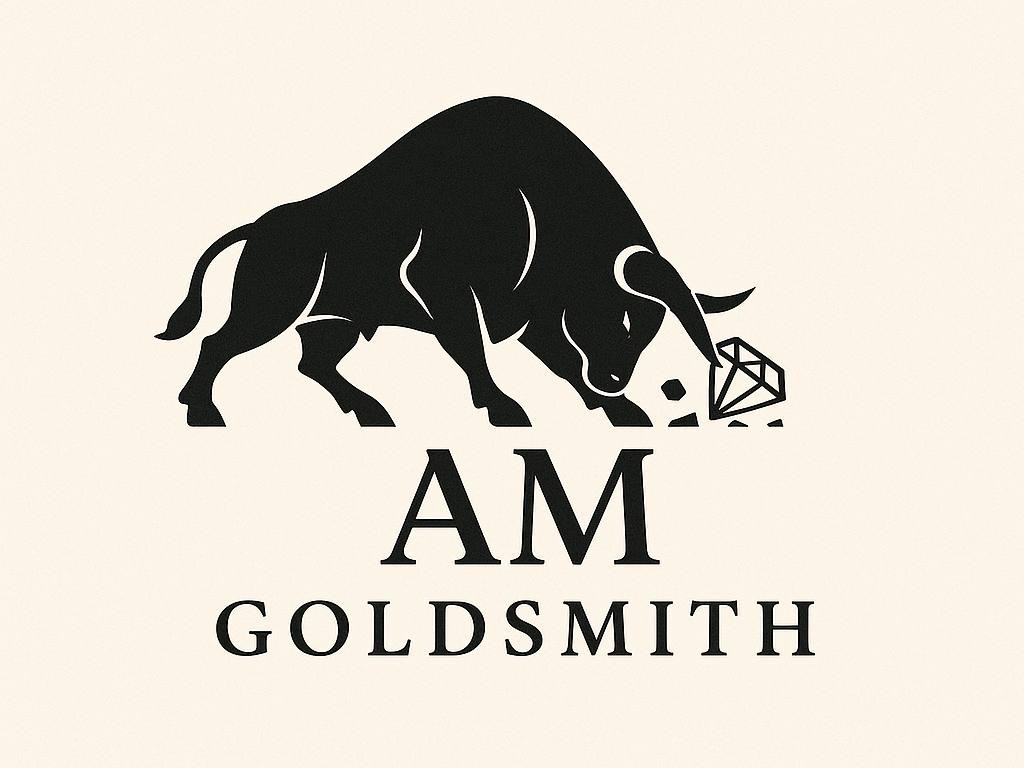Canadian winter is one of the harshest in the world, so choosing the right winter clothing is critical for comfort, safety, and health. Temperatures can drop to -40°C, and when combined with wind, it can feel like -50°C or lower. Understanding the layering system and choosing quality materials will help you not only survive but also enjoy the winter months in Canada.
Understanding the Canadian winter climate
Regional temperature differences
Canada is a huge country with a variety of climate zones. Winter temperatures vary significantly depending on the region:
-
Atlantic provinces: -5°C to -20°C
-
Central Canada (Toronto, Montreal): -10°C to -25°C
-
Prairies (Manitoba, Saskatchewan, Alberta): from -20°C to -40°C
-
British Columbia (coast): from +2°C to -10°C
-
Northern territories: from -30°C to -50°C
Winter officially lasts from December 21 to March 21, but cold weather can actually last from November to April. In some regions, snow cover lasts up to six months a year.
Layered clothing system
The basic “three-layer” principle

The most effective way to protect yourself from the Canadian winter is a three-layer system, each layer serving a specific function:
1. Base layer
- Function: wicks moisture away from the skin and retains body heat
- Materials: merino wool or synthetic fibers
- Characteristics: close fit, moisture-wicking properties
2. Mid Layer
- Function: insulation and additional moisture wicking
- Materials: fleece, down, synthetic insulation
- Characteristics: provides thermal insulation while maintaining breathability
3. Outer Layer
- Function: protection from wind, snow, and moisture
- Materials: waterproof and windproof fabrics
- Features: durability, breathability, functionality
Advantages of a multi-layer system
- Regulates body temperature throughout the day
- Layers can be added or removed depending on activity level
- Effectively wicks moisture away from the body
- Creates air pockets for additional insulation
Thermal underwear: the first layer of protection
Merino wool vs synthetics
Advantages of merino wool:
- Natural antibacterial properties
- Excellent thermoregulation
- Absorbs up to 30% moisture
- Soft fibers
- Natural UV protection
- Fire resistance
Synthetic alternatives:
- Polyester and polyamide
- Lower cost
- Greater wear resistance
- Suitable for people with wool allergies
Temperature range
- From -20°C to +15°C
- Single layer in warm weather, base layer in cold weather
Winter jackets and parkas
World-class Canadian brands
- Canada Goose: down to -30°C, 625-fill-power down, $1,000–1,500
- Pajar, Quartz Co., Kanuk, Arctic Bay — high-end local manufacturers
Key features of a quality jacket
- Insulation: 600+ fill power
- Waterproof, windproof
- Mid-thigh length
- Fur-lined hood
- Reliable pockets
- Cuffs
Price range
- Budget: $80–200 (Columbia, Decathlon)
- Mid-range: $200–500 (North Face, Patagonia)
- Premium: $500–1,500 (Canada Goose, Mackage)
Winter footwear

Temperature ratings
- 100g: down to -10°C
- 200g: down to -20°C
- 400g: down to -30°C
- 600g: down to -40°C
Recommended features
- Waterproof
- Insulation of 200g
- Non-slip sole
- Mid-calf height
- Leather or modern synthetics
Popular brands
- Kamik, Baffin, Sorel, Pajar
Winter protection accessories
Headwear (Toque)
- Wool or fleece
- Full ear coverage
- $15–60 CAD
Gloves and mittens
- Mittens — warmer
- Waterproof and insulated
- $20–150 CAD
Scarves and neck warmers
- Minimum 150 cm
- Wool, cashmere, fleece
Socks
- Merino or synthetic
- No cotton
Pants and lower body
Winter pants
- Insulated jeans — down to -15°C
- Fleece pants — down to -25°C
- Ski pants
- Overalls
Thermal underwear for legs
- Merino wool or synthetic
- Required below -15°C
Special needs
Urban conditions

- Medium parka
- Comfortable boots
- Transportable layers
Winter sports
- Special ski jackets
- Ventilated pants
- Thermal socks, balaclavas, goggles
Working outdoors
- Reinforced jacket
- Work gloves
- High boots with composite toe caps
Where to buy winter clothing
Popular stores
- Budget: Marshalls, Walmart, Canadian Tire
- Specialty: MEC, Sport Chek, North Face
- Premium: Canada Goose, Holt Renfrew, Altitude Sports
Shopping tips
- Shop in the fall
- Take advantage of discounts
- Secondhand stores are an alternative
- Invest in a jacket and boots
Care tips
Proper storage
- Store down in breathable bags
- Dry your shoes
- Glove dryers
Washing and care
- Merino — cold water
- Down — delicate cycle
- DWR coating for outerwear
- Shoe brush
Budget planning
Minimum set ($350–500 CAD)
- Jacket: $150–200
- Boots: $80–120
- Thermal underwear: $50–80
- Accessories: $70–100
Optimal set ($700–1,000 CAD)
- Jacket: $300–500
- Boots: $150–250
- Thermal underwear: $100–150
- Accessories: $150–200
Premium set ($1,500+ CAD)

- Canada Goose: $1,000–1,500
- Boots: $200–400
- Merino wool: $200–300
- Accessories: $200–400
Safety and health
Hypothermia
Signs:
- Shivering
- Drowsiness
- Slow speech
- Loss of coordination
Prevention:
- Avoid cotton
- Change wet clothing
- Keep a supply of dry clothing
Frostbite
Risk: face, fingers, ears, nose
Prevention:
- Cover up completely
- Check regularly
- Move and massage
Special considerations for newcomers
Gradual acclimatization
- Short walks
- Check the forecast
- Plan for inclement weather
Cultural aspects
- “Layer up” — Canadian advice
- Snow days — school closures
- SAD — seasonal affective disorder
- Canadians will offer advice
Canadian winters can be challenging, but with the right clothing, they become an opportunity to enjoy the unique beauty of northern nature. Investing in a quality winter wardrobe pays off in comfort, safety, and the ability to live an active life even in the harshest cold. Remember: there is no such thing as bad weather in a Canadian winter — only inappropriate clothing.